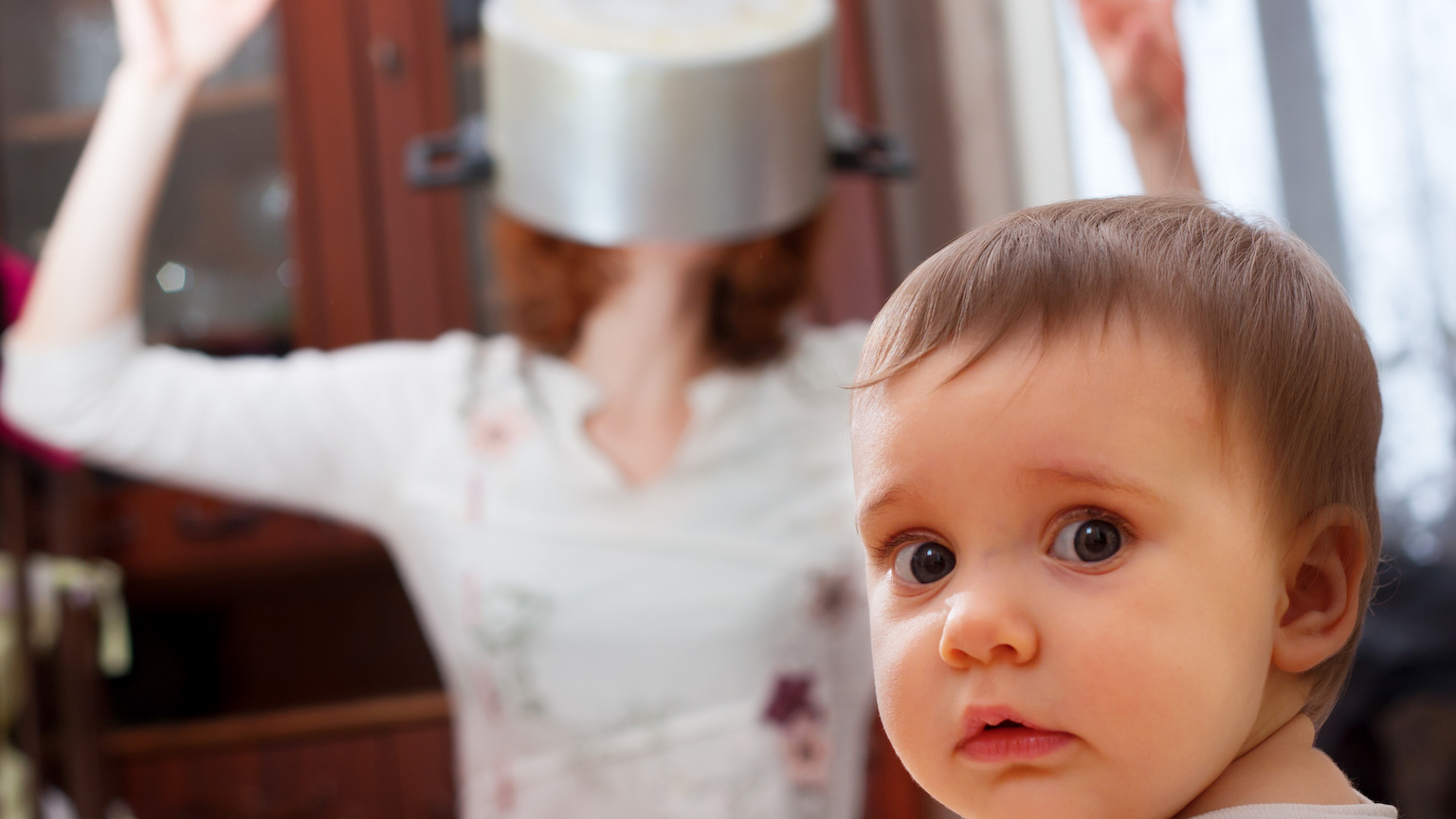SIDS: Are infants’ dreams a possible cause?

- Despite decades of research, scientists still don’t precisely know what causes sudden infant death syndrome (SIDS).
- One hypothesis suggests that infants dreaming of their time in the womb could be the cause. Since they didn’t breathe as a fetus, if they act out the dream in real life, as adults sometimes do, they may pass away from oxygen deficiency.
- There’s no good way to test the idea, so we may never know if it’s true. If it were, it would sadly seem to imply that there is no real cure for SIDS.
In 2020, close to 2,800 parents in the U.S. were forced to endure the unthinkable: Their beloved infant had suddenly passed away during the night, apparently without any clear cause. Sudden infant death syndrome (SIDS) had struck.
SIDS is not a specific thing; it is a descriptor, Richard Goldstein, a leading SIDS researcher and pediatric palliative care specialist at Boston Children’s Hospital and Harvard Medical School, told the BBC earlier this year. “It’s a description of an outcome. And that outcome is that a seemingly well infant is placed to sleep and dies during their sleep for no apparent cause.”
The generally calm and placid look on these newborns’ faces when they are discovered suggests neither struggle nor pain, only eternal rest. The peaceful visage does not make the situation any less painful for parents.
We have no idea what causes SIDS
Nor does the present state of SIDS research. To put it bluntly, scientists have no idea why these babies pass away in their sleep. The leading theory, termed the “Triple-Risk Model,” suggests that it happens when three key criteria occur simultaneously:
- the infant has an underlying (e.g., brainstem) abnormality that makes them unable to respond to low oxygen or high carbon dioxide blood levels in the body
- the infant is exposed to a triggering event such as sleeping face down
- the infant is in a vulnerable stage of development, that is, the first six months of life
To paraphrase, infants are sometimes subject to low oxygen or high carbon dioxide levels when sleeping, but while normally a baby awakens, repositions, and breathes more quickly to clear the carbon dioxide and replenish oxygen, SIDS infants never wake up.
The dream hypothesis
Yet there is another, far lesser known hypothesis that’s been around for nearly three decades. Originally outlined by Curtin University scientist George Christos, it proffers that infant dreaming, in exceedingly rare circumstances, triggers SIDS. As Christos originally outlined in 1993:
“A possible explanation… is where an infant dreams about when it was a fetus, when it did not have to breathe. The physical actions corresponding to the dream may cause the infant to stop breathing, resulting in possible death.”
Christos backed his contention with numerous lines of evidence, first noting that humans regularly act out content from their dreams in real life. When people dream of choking on objects, they can simulate choking in real life. When they urinate in dreams, they can wet the bed. Christos even cited a dream study from Stanford which found that when a subject dreamed of swimming underwater, he actually held his breath.
While children and adults almost always rouse themselves when any of these dream-actions invade reality, some infants may lack the neural circuitry to do so, Christos speculated. Without that circuitry, a baby dreaming of their time in the womb — when they didn’t breathe — could be deadly if they act it out.
Some adults suffer from REM sleep behavior disorder, in which they regularly act out their dreams during rapid-eye movement sleep, when the body is typically paralyzed. Infants spend about eight hours a day in REM sleep, compared to just two hours for adults. Early on, when memories of the womb are prevalent, it’s possible that newborns with a form of REM sleep disorder halt breathing, re-enacting their fetal lives. As babies grow older, these memories fade, thus reducing the chance for SIDS. SIDS grows exponentially less likely after babies reach two months of age.
We may never know
Christos’ hypothesis makes intuitive sense and has a fair amount of indirect evidence to support it, but it’s likely that it will forever remain a hypothesis. There simply isn’t any way to study it ethically. One cannot watch thousands of infants hooked up to EEG brain scanners over hundreds of nights to see if one dies during REM sleep. To do so would be monstrous.
Instead, the hypothesis could simply be taken into account with others SIDS theories and utilized as a guide for how to prevent the syndrome. Christos recommended that infants sleep on their backs, not on their bellies, because when infants sleep on their bellies they tend to scrunch up into the fetal position, which could make them more likely to dream that they are in the womb. He also recommended that newborns be put in clothing and an environment that’s not excessively hot, as copious warmth might also emulate the womb.
Coincidentally, these recommendations fit in well with the safe sleep guidelines published by the American Academy of Pediatrics. Placing infants to sleep on their backs, without excessive clothing and blankets that can cause them to overheat or suffocate, has been credited with reducing the rate of infants dying during sleep from 155 incidents per 100,000 live births in 1990 to the low 90s per 100,000 today.
What if Christos’ hypothesis is actually true, and infants’ dreams of the warm, nurturing womb actually did — in rare circumstances — result in death? “It would seem to imply that there is no miracle cure or vaccine for SIDS,” Christos wrote. “Dreaming is an essential part of the development of an infant.”
SIDS might just be a rare but devastating side effect of infant sleep.





